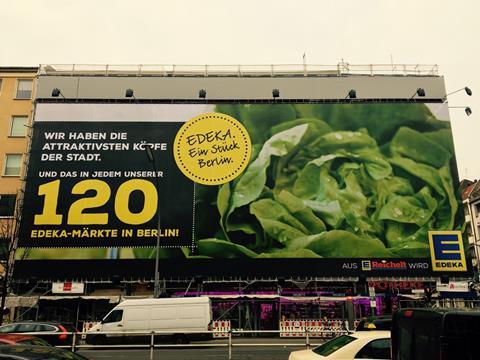
Rising vegetable prices resulting from a shortage of product in the European market over the past few months have pushed Germany’s inflation rate to 2.2 per cent, its highest for more than four years and above the eurozone’s target level for the first time since 2013.
According to new data released by Destatis, Germany’s national statistics bureau, vegetable prices were up 21 per cent year-on-year in February, and were the main ingredient in an inflation rate rise that was compounded by higher energy costs.
During the month in question, whole-head and iceberg lettuce prices rose by 141.4 per cent on the previous year, while the prices for squash, aubergines and sweetcorn increased by 83.2 per cent.
Other products in the list of notable price rises included major, mainstream vegetables that are sold in sizeable volumes across Germany: cucumbers (44.6 per cent); tomatoes (40.4 per cent); lamb’s lettuce, leeks, celery and similar items (38.0 per cent) and cabbage (32.9 per cent).
Conversely, the average price for asparagus spears was down 7 per cent in February. The German asparagus season gets underway this week, with early supplies from covered production in southern Germany providing an early taste of the country’s favourite vegetable ahead of the traditional April–June season.
Europe’s vegetable shortage was largely the result of adverse weather conditions hampering production in Spain and Italy towards the end of 2016.



